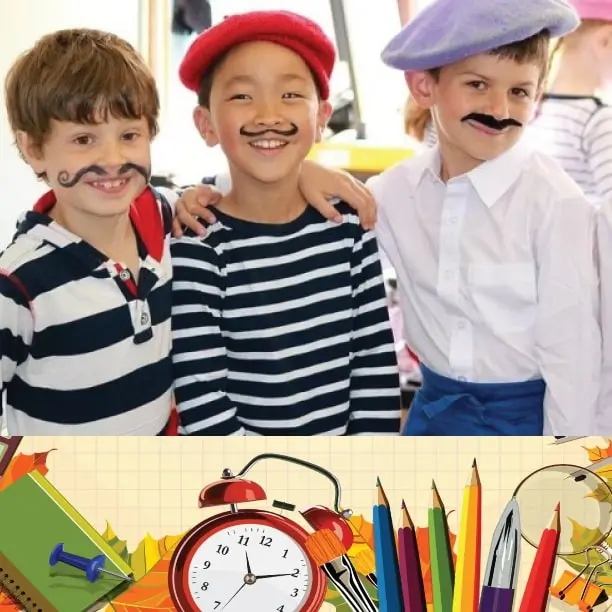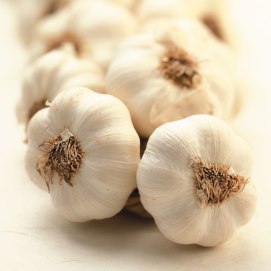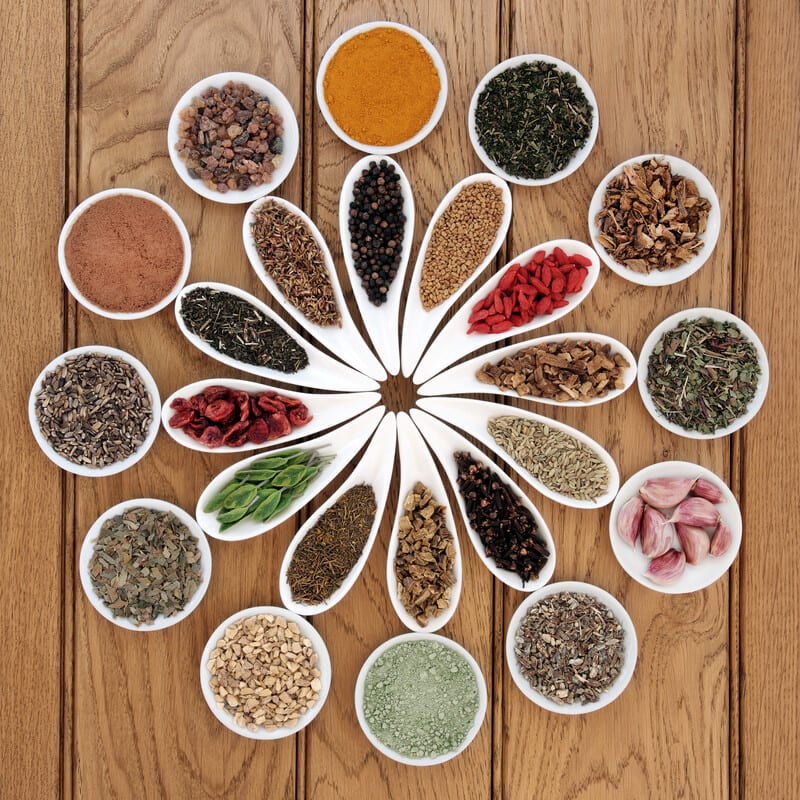There’s more to finger painting than just making a mess.
If you’ve ever watched a child find her rhythm on pots and pans or been surprised to find a drawing scrawled on the wall, you know a child’s need to create is endless. And while you may not want your entire home to be your child’s canvas, it’s important for children to experiment with and engage in the arts during their developmental years. The benefits of children taking part in artistic practices are plentiful, including positive impacts on physical, cognitive and social skills.
One of the most basic impacts the arts can have on children is the development of fine motor skills. Using tools like paintbrushes or crayons can be beneficial in building the muscles that are important in allowing kids to properly write, according to Michigan State University Extension.
Having your child create her or his own masterpiece also plays a role in the development of cognitive skills like language, mathematics and critical thinking. The effect of early artistic experiments contributes to language development not only by learning the appropriate names of shapes, colors and materials but also “descriptive words to discuss their own creations or to talk about what feelings are elicited when they see different styles of artwork,” says PBS Parents. By exposing your child to creative environments, you are helping them pick up the skills needed to identify and communicate in general.
Exposure to and engagement with visual art and musical practices can also contribute to the development of your child’s math skills. “Musical elements such as steady beat, rhythm, melody, and tempo possess inherent mathematical principles such as spatial properties, sequencing, counting, patterning, and one-to-one correspondence,” according to Young Children, the magazine from the National Association for the Education of Young Children. Because of this, music can be seen as a “natural, and developmentally appropriate way to engage even the youngest child in math learning,” says the article. Pattern recognition, recognition of special differences and counting correlate with visual arts as well by say, making collages or using materials such as beads to introduce counting, reports Early Childhood News. Your child gets both the pleasure of creative exploration and an understanding of basic mathematical concepts without even really knowing.
The combination of language skills and mathematical reasoning make a positive contribution to your child’s ability to think critically. Your child will need to decide what colors, shapes and sizes best fit the sentiment that’s trying to be expressed. The artistic practice requires children to map out and adhere to “a mental plan or picture of what they intend to create,” according to the Michigan State University Extension Service.
When children engage in artistic exploration, they are also developing stronger social skills, or “pro-social” behaviors, says a literature review published by the National Endowment of the Arts, which looked at the various research about art and childhood development from 2000-2015. These pro-social behaviors include sharing, empathy and caring. Whether it’s you who helps guide your child down the path of artistic discovery or your child’s teachers and peers, the journey is ultimately a social one that involves a certain degree of collaboration.
Children can become stronger communicators, thinkers and social beings just by toying with a little bit of paint or learning how to sing or play a song or two. So don’t be afraid to get a little messy or listen to poorly sung operas around the house, and take some time to be creative with your kid.














































